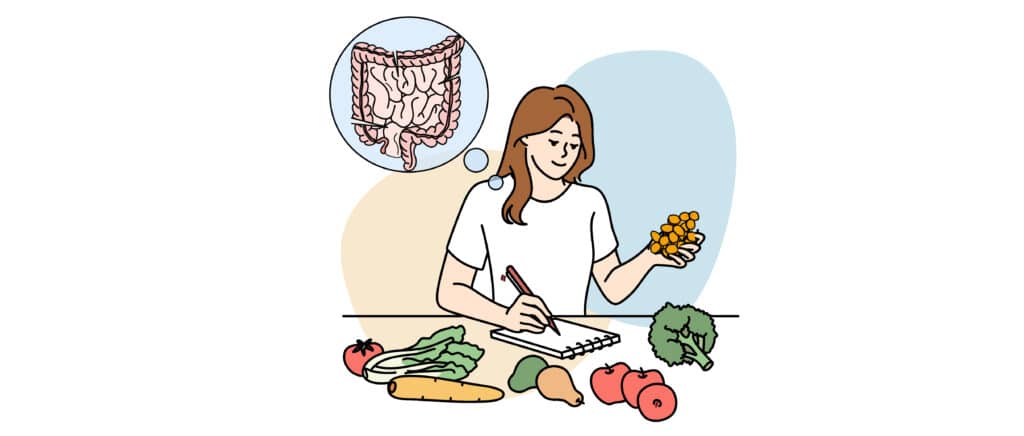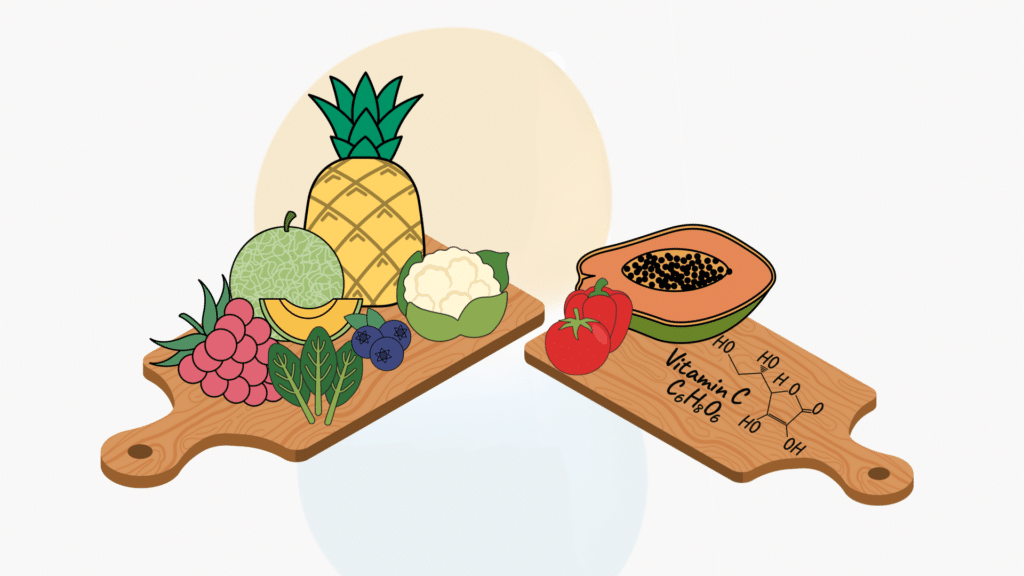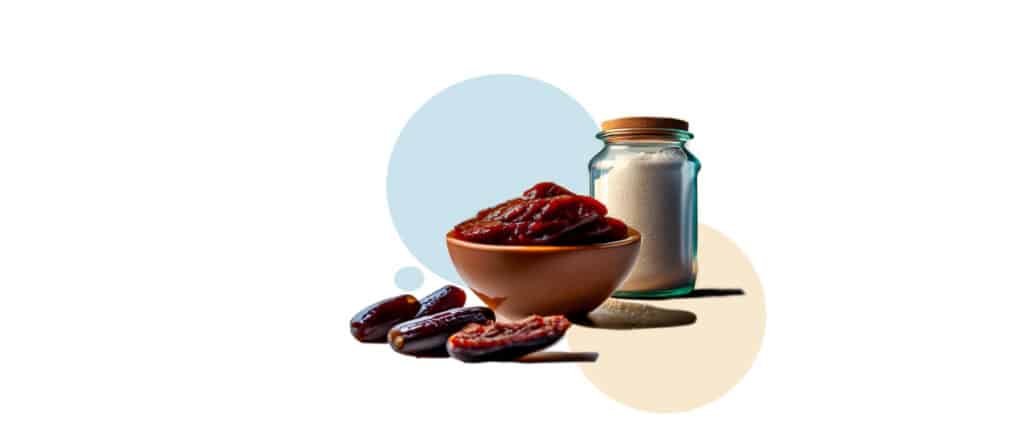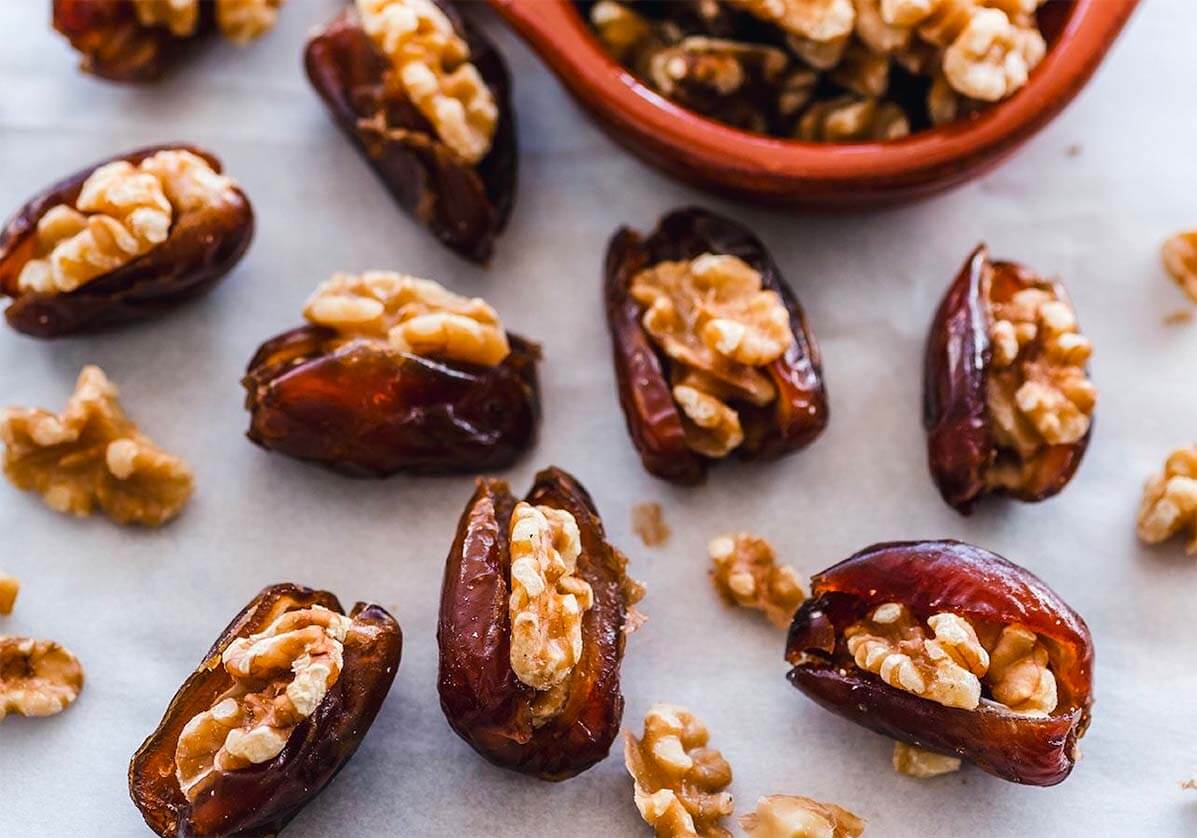Make No Bones About It: What Everyone Needs to Know About Healthy Bones
- Nutrition
- February 2, 2022
- 11 minutes read
- Healthy bones are necessary to support our body structure, protect our vital organs, and prevent osteoporosis.
- Calcium is an essential mineral for keeping our bones and teeth healthy.
- Our bodies require adequate calcium levels throughout our lifetime, particularly in childhood, adolescence, and older age.
- Many foods for healthy bones provide good sources of calcium, including milk, cheese, leafy green vegetables, soy products, dates, nuts, and seeds.
- We can strengthen our bones through proper nutrition, exercise, avoiding smoking, and limiting alcohol intake.
When we evaluate our overall state of health, we don’t often think about the health of our bones. This shouldn’t be taken for granted because our bones contain essential minerals released into our bodies. One of the most important minerals is calcium, which is necessary for strong bones and teeth, blood clotting, and nerve and muscle functioning. In addition to helping us move around and provide structure to our bodies, our bones protect our heart, brain, and other vital organs from injury. We need to keep our bones and joints strong to stay healthy and active throughout our lives. Let’s explore how we can accomplish this with a combination of diet, exercise, and other lifestyle modifications.
Which Foods for Healthy Bones are Rich in Calcium?
Many foods are a good source of calcium for our bones. Here are a few products we should include in our diets for optimal bone health:
- Milk and milk products – Milk, yogurt, cheese, buttermilk
- Green leafy vegetables – Broccoli, collard greens, spinach
- Fish – Sardines or salmon
- Soy products and tofu – Calcium-fortified soy drinks, tofu, or tempeh
- Nuts and seeds – Almonds, Brazil nuts, sesame seeds, or tahini
- Calcium-fortified foods – Read labels on breakfast cereals, fruit juices, and bread for those with added calcium
Are Whole Fruits and Fruit Fiber Helpful for Bone Health?
Studies have shown that less than 10% of people consume enough whole fruits and dietary fiber. In addition to maintaining adequate weight, a healthy digestive system, heart health, and protection against some types of cancer, dietary fiber is also beneficial for attaining bone mineral density. This applies to both children and adults, so it’s essential to add these fruits to our daily diet to prevent osteoporosis (brittle bones). One of the best sources for this type of fruit is dates, whether fresh or dried. Dates are tasty fruits loaded with nutrients, including calcium, selenium, manganese, copper, and magnesium. All of these minerals work to keep our bones healthy. It’s convenient to grab dried dates as a quick snack. They can also be added to salads and cereals or our favorite dessert recipes.
Are Calcium Supplements Necessary?
It’s preferable to obtain calcium directly from foods, but calcium supplements can be taken if we need additional calcium. This is particularly important if we’re at risk for osteoporosis, which often increases as we get older. It’s advisable to consult a doctor or health professional before taking calcium supplements to determine the correct formula and dosage. There has been some evidence that taking too much calcium might increase the risk of heart disease. The recommended intake for calcium supplements is between 1,000-1,300 mg/day for adults. It’s also better to take supplements containing calcium and vitamin D for complete absorption. Research has shown that calcium plus vitamin D supplements significantly reduce hip fractures.
How Much Calcium Do We Need?
The amount of calcium our bodies need changes at different stages of our lives. Our bones are continuously being broken down and remodeled. We reach our peak bone mass at about age 30. After that, we gradually begin to lose more bone mass than we gain. The average adult has about 2% of the calcium in their bodies, primarily in bones and teeth. The remainder is found in tissues and blood. Babies, young children, adolescents, and older women need the most calcium to maintain strong bones and allow for proper body functioning. For example, children ages 9-11 need about 1,000 mg of calcium per day. Both adolescents ages 12-18 and adults over 50 require about 1,300 mg per day. A study of college students showed deficiencies in dairy and plant-based calcium sources. This issue warrants further attention for improved bone health in adolescents and teens.
What Factors Affect Bone Health?
Our bone health is influenced by several different factors. Some of these we can modify with lifestyle changes, but our family history or genetics determines others. Here are some of the main contributors to our bone health:
Modifiable Factors:
- Dietary Calcium – We can choose foods rich in calcium to avoid early bone loss and reduce the risk of fractures.
- Exercise – We can increase our physical activity to decrease the risk of osteoporosis.
- Smoking and Alcohol – We can stop smoking and drink in moderation to avoid weakening or damaging our bones.
Non-Modifiable Factors:
- Gender – Women are at higher risk for osteoporosis than men because they have less bone tissue.
- Body Size – People who have a smaller body frame and a thinner build are at greater risk for osteoporosis because they have lower bone mass.
- Age – Our bones become weaker and thinner as we get older.
- Race and Family History – People of Asian or Caucasian (White) descent are at higher risk for osteoporosis. If we have a close relative who had fractures or osteoporosis, our risk increases.
What are the Best Ways to Strengthen Our Bones?
As we have seen, milk and dairy products are just the” tip of the iceberg” when it comes to bone health. One or two servings per day is adequate for this source of calcium. Getting enough vitamin D is also a great way to strengthen our bones. We should be taking at least 1,000 to 2,000 IU of vitamin D per day to get the most benefit. On the flip side, too much vitamin A can weaken our bones. We should try to limit foods and supplements with a high vitamin A content.
Since childhood and adolescence are the stages when our bones build up their peak strength, we should encourage bone health awareness at a young age. Getting into the habit of consuming calcium-rich products, vitamin D and engaging in physical activity should always be part of our daily routine. Education is a key component of bone health. This includes the importance of preventing osteoporosis as we age. Parents can serve as role models for children by teaching them about eating healthy foods, reading labels to check for calcium and vitamin content, and exercising regularly.
What is the Role of Exercise for Bone Health?
Exercise is beneficial for our health in many ways, and bone health is no exception. In addition to improving bone mass, exercise builds strong muscles and improves balance and coordination. If we begin exercising at a young age, we will achieve peak bone mass more effectively. That said, exercise is beneficial for us at any age, and it’s never too late to start. The fundamental strategy is to follow the appropriate exercise goals for various life stages. We should aim to build maximum bone health at a young age, maintain muscle and bone strength in adulthood, and reduce bone loss and maintain muscle mass in older generations.
Older adults who have osteoporosis should remain physically active to help prevent falls that could lead to fractures. A doctor, physical therapist, or exercise specialist should be consulted to find the best activity level for us. High-impact exercise and certain movements are not recommended for adults with osteoporosis. On the other hand, weight-bearing and resistance exercises are excellent for bone health. Weight-bearing exercises include walking, jogging, climbing stairs, dancing, and playing basketball or tennis. Swimming and bike riding are also good for building muscle and bolstering heart health. Resistance exercises, such as weight-lifting or using gym equipment, can also strengthen bones.
Now that we’re aware of the importance of bone health, we can focus on the necessary steps to keep our bones strong. There are some guidelines we should follow to achieve and maintain bone health. Eating a balanced diet with calcium-rich foods, in combination with a sensible exercise program, is a great way to support our bone health. It’s important to begin this type of plan during childhood when peak bone mass is formed. Education is necessary for children and adults to learn about proper nutrition and activity levels to stay healthy. Consulting with a doctor or other health professional will help us select the best individualized plan. The main goal is to build ample bone and muscle mass to prevent fractures and osteoporosis as we get older.
Summary
It’s clear that the health of our bones has a huge impact on our overall health. We want to remain as healthy and active as possible to benefit from a good quality of life. Even if we have certain risk factors for osteoporosis, we can still reduce our risk with the right food choices and exercise routines. Getting enough calcium is a key factor for bone health and keeping our bodies functioning properly. We can find enjoyment by eating various calcium-rich foods and engaging in sports and activities that keep us moving!
Scientific Information
Bone Mineral Density – A measure of the number of minerals (mostly calcium and phosphorous) found in a certain volume of bone. Bone density measurements are used to diagnose osteoporosis.
Osteoporosis – A condition in which the bones become fragile and brittle from a calcium deficiency. This usually occurs in older adults who lose bone mass as they age.









